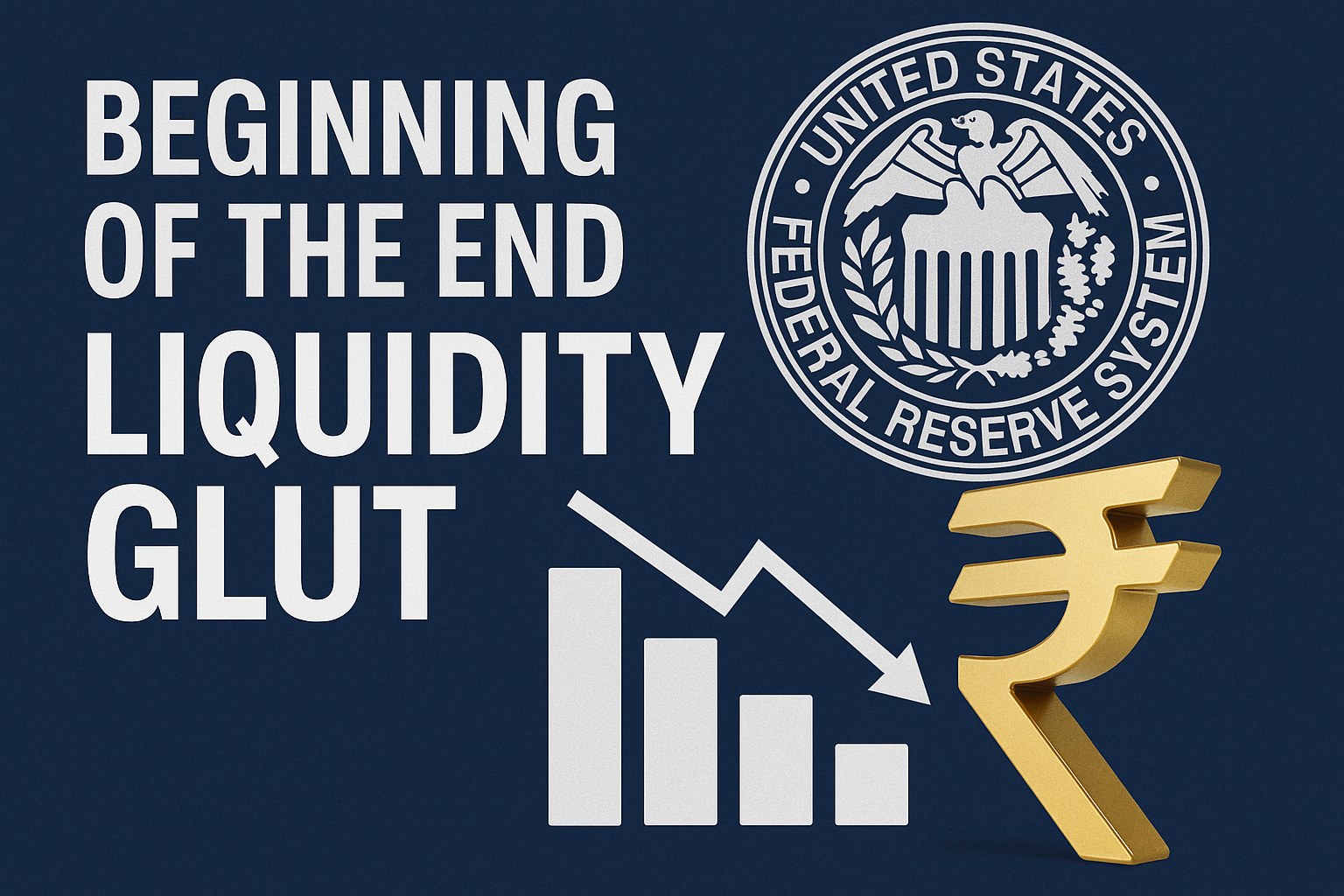Announcement: Lorem ipsum dolor sit amet, consectetur adipiscing elit. Donec et quam blandit odio sodales pharetra.
This is going to be the beginning of the end of liquidity glut
In the December 2021 meeting of the US Fed, the message was crystal clear. The era of easy money was over and it was time to make liquidity tighter. After all, that is the only way to beat rampant inflation. But will the RBI also take the cue and start tightening money here.

Table of Contents
What the Fed actually said
If the pandemic was the emergency to infuse liquidity and cut rates, the Fed is clear that the emergency is now over. It is time to plug the levers of liquidity and force the economy into a period of more measured growth. The reasons are not far to seek. Inflation in the US touched a 39–year high of 6.8%, something not seen since the Volcker era. The US Fed just could not take any more chances on the monetary front. What exactly did the Fed announce in the statement? Actually, there were 3 things of special interest in the Fed statement. Firstly, the Fed admitted that inflation was not transitory but was likely to be elevated for quite some time to come. Secondly, the Fed also underlined that the taper would be doubled and the entire bond buying started during the pandemic would be fully wound up by March 2022 itself. That is a big liquidity clampdown. Lastly, the Fed also made it clear that it will not wait for too long to hike rates, once the taper was completed. That means the first hike could happen in May 2022 with the possibility of up to 4 rate hikes in all during the year 2022.
Will the RBI follow suit?
The question is does the RBI really have a choice? Look at the data here. The CPI inflation is at 4.91% but that is due to the high base effect. The real risk of inflation is evident in the WPI numbers, which has spurted to a multi-year high of 14.23% in November. It underlines the fact that structural inflation in India is not going away in a hurry. The only option left with the RBI is to cut rates. The second issue is liquidity. That, in a way, has already started with the VRRR being announced on a regular basis. If the RBI does not intensify its efforts now, then India could actually risk big capital outflows in next few months.
End of easy money
Irrespective of what the debate may be all about, the era of easy money that began during the pandemic, is well and truly over. Even in the Indian context, the IIP growth is now well above the pre-COVID levels, so the focus must now shift more towards inflation control and less towards growth facilitation. This will have implications in the sense that the relentless flow of liquidity that actually took indices to record levels will not be the case any longer. Also, higher bond yields would mean a hit on bank portfolios and higher bankruptcy risk for heavily indebted companies. But the signals from various central banks has to be heeded by the RBI. The 2-year period of big liquidity flows is over!
Comments